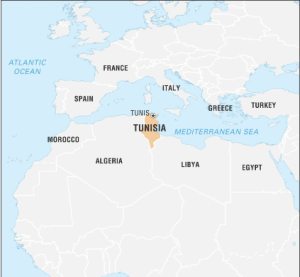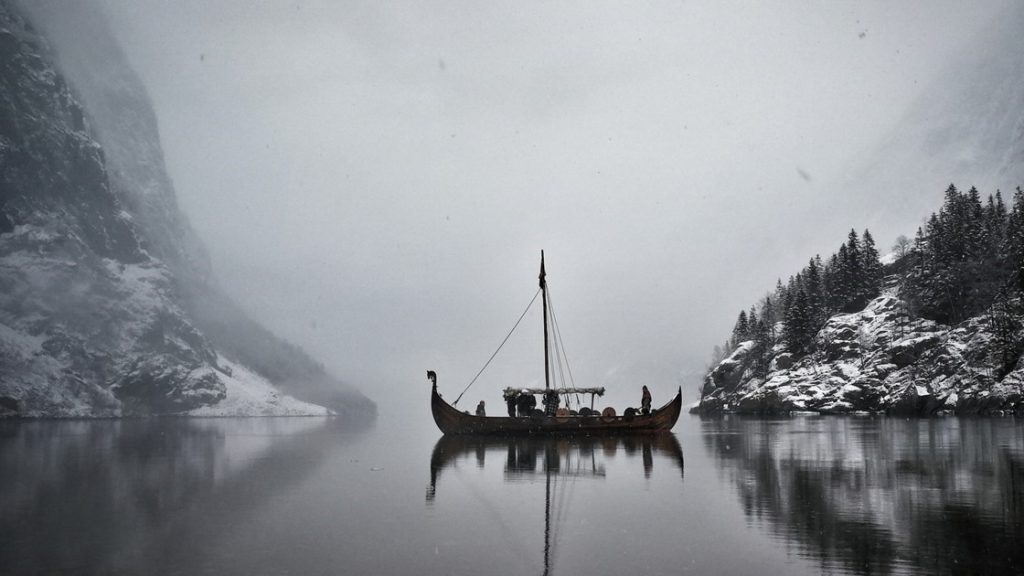Location

The nation of Tunisia is located in North Africa. Tunisia’s readily accessible Mediterranean Sea coastline and strategic position have drawn conquerors and travelers over the years. Additionally, the country’s convenient access to the Sahara has placed its people into touch with dwellers of the African interior.
Language
Arabic is the national language, and most residents are fluent in one of the several varieties of Arabic spoken in Tunisia. Schools often provide instruction in Modern Standard Arabic. To a significant extent, the cultural Arabization of the land was finished by the time the 12th century came to a close. At the present day, only a small minority of the inhabitants, the most of whom live in the south, are still able to speak one of the Berber languages. Even though French was used under the protectorate (1881–1956), the language did not become widely used until after independence, when education became more widespread. It continues to play a vital role in the government, as well as the press, and educational institutions.
Climate

On the northern coast of Tunisia, the climate is Mediterranean, with moderate winters, hot summers with plenty of sunshine, and wet winters. Inland, however, the climate is semi-desert or desert. The amount of precipitation that falls along the east coast, from the Gulf of Hammamet towards the south, is relatively low. The amount of precipitation that falls along the coast decreases from north to south, and the region that is furthest south is completely arid. However, temperatures throughout the whole coast are characteristic of the Mediterranean climate, with highs in the wintertime ranging from 16 to 18 degrees Celsius and 32 to 33 degrees Celsius (89 to 91 degrees Fahrenheit) in the summertime.
In contrast, the summers are very scorching in the inland regions of the center-south, which are dominated by desert.The desert wind may have an impact on the coastal and mountainous parts of Tunisia. This wind not only brings about a significant rise in temperature, but it also reduces the relative humidity of the air and has the potential to bring about sandstorms. It is possible for the temperature to reach above 104 degrees Fahrenheit (40 degrees Celsius) in Tunis and along the east coast at these times of the year, particularly from June through September.
History
After the fall of the Roman Empire in the 5th century and the subsequent invasion of Tunisia by various European tribes, notably the Vandals, the Romans dominated and resided in North Africa until that time. Following the Muslim conquest in the 7th century, waves of migration from all over the Arab and Ottoman world, including substantial numbers of Muslims and Jews from Spain at the end of the 15th century, reshaped the demographics of Tunisia’s population (Patriat et al., 2003). This resulted in Tunisia’s current ethnic and religious composition.
In the 16th century, Tunisia was integrated into the Ottoman Turkish Empire and went on to become a cultural and intellectual hub for the Arab world. It became a French protectorate in 1881 and remained so until it gained its independence in 1956. Close political, economic, and cultural relations are still maintained with France (Patriat et al., 2003).
The protectorate that had been formed in 1881 was terminated in 1956 when Tunisia gained its independence from France. In 1957, President Habib Ali Bourguiba, who had been the spearhead of the independence struggle, proclaimed Tunisia to be a republic, thereby putting an end to the nominal control of the Ottoman Beys. In June of 1959, Tunisia became the first country in the world to adopt a constitution based on the French political system (Patriat et al., 2003). This constitution laid the groundwork for the centrally controlled presidential system that is still in place in Tunisia today. The military was given a clearly defined duty in the defense of the nation, one that did not include engagement in politics.
Beginning with the country’s independence, President Bourguiba put a great focus on economic and social growth, particularly education, the position of women, and the creation of employment. These are policies that persisted during the administration of Zine El Abidine Ben Ali (Patriat et al., 2003). The end consequence was significant social improvement in addition to typically consistent economic expansion. The adoption of these pragmatic strategies has helped to contribute to the maintenance of social and political equilibrium.



